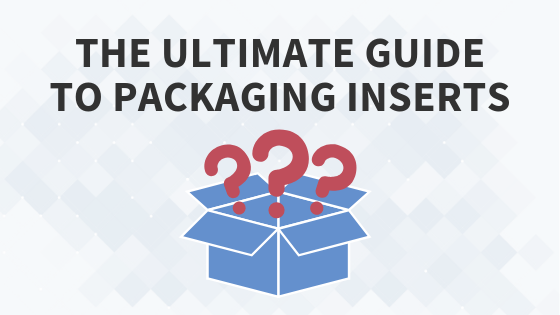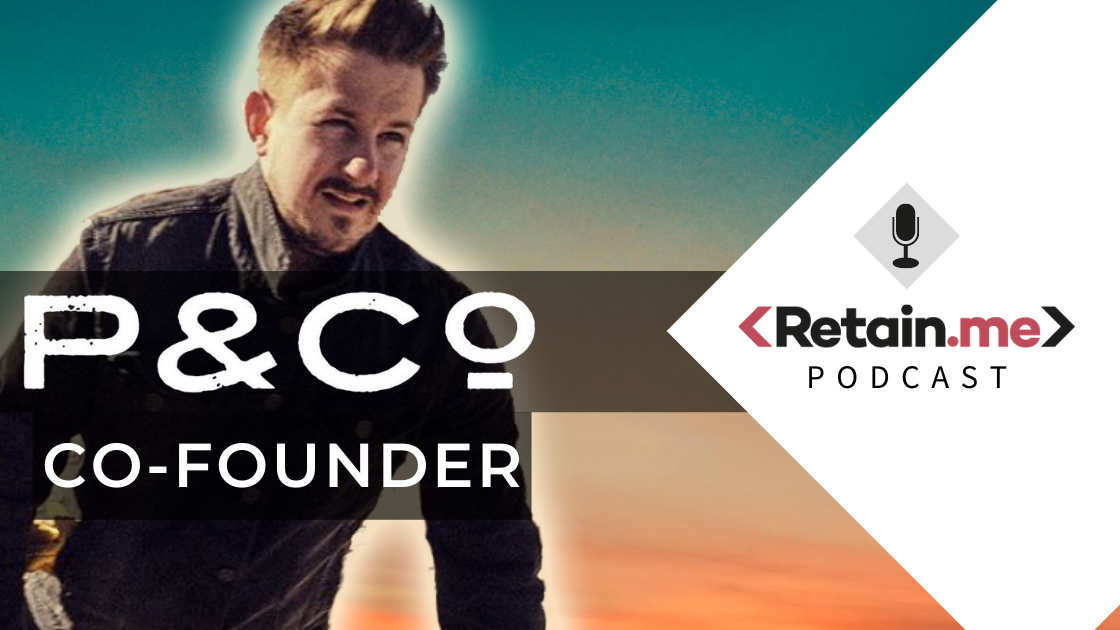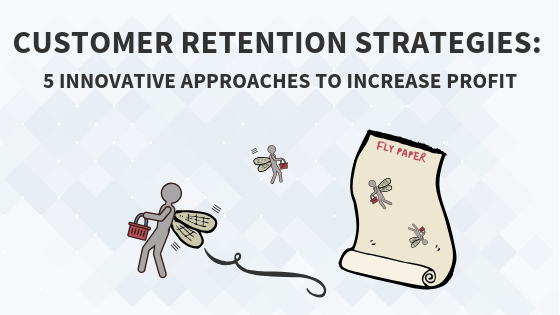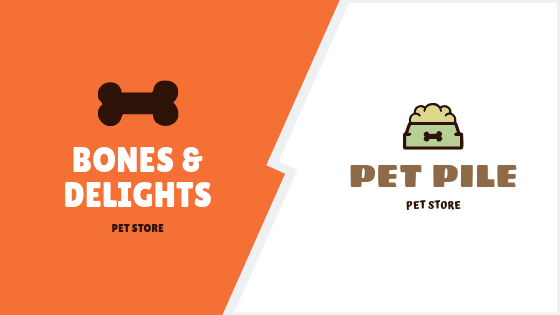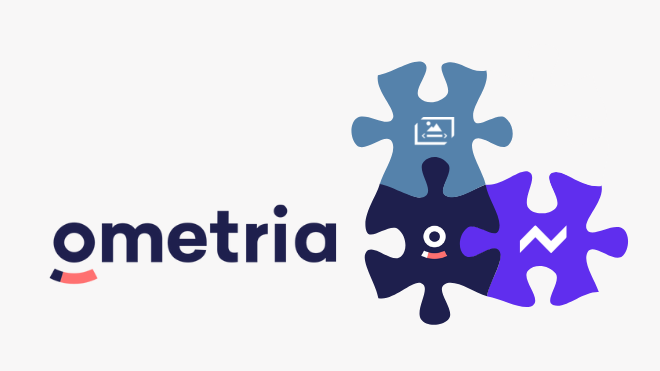Customer Retention Strategies: 5 Innovative Approaches To Increase Profit

After the lengthy and costly process of moving prospective customers from zero awareness through to purchase, there are two things which can happen:
1. The customer receives the product and uses it. Underwhelmed by either the purchasing experience, or the compatibility of the product to fulfil their needs, this is the last time the customer will shop from your store.
2. You match the customer’s expectations and they continue to shop from your store in the future. Even better, if you exceed their expectations then you can await new customers they have referred to you either by word of mouth or glowing reviews.
Moving your customers from single-time purchasers into loyal repeat purchase customers has a multitude of benefits for you and your brand. Not only does it lead to an increased customer lifetime value, it also drives down the average cost of sale for your business, enabling higher investment in new customer acquisition - a virtuous circle of growth. Traditionally, repeat purchases have been driven by generic email marketing as well as re-targeting PPC campaigns. However, in the wake of the GDPR restrictions, these campaigns lack the potency they once had. They also do very little to add value to your customer’s experience or improve their perception of the brand. To help you maximise your company’s customer retention, we have compiled together a number of the most effective approaches you can take to keep your customers coming back time after time:
1 Gamification
Everybody likes to feel like they’re winning. Gamification takes this fact and turns it into an advantageous strategy for customer retention. By bringing game mechanics and an engaging experience design to your marketing efforts, you can frame subsequent purchases as ‘wins’.

Arguably the best example of how gamification has been used to great success, is the McDonald's Monopoly Campaign. For the two months which the campaign runs, the packaging of the items on the menu has a number of stickers on. There are more or less stickers is depending on the value of the item, with the stickers being of the properties from the original Monopoly. Customers can ‘win’ by collecting all of the properties of one colour, with prizes ranging from a free meal up to a holiday of a lifetime. Customers also have the chance to ‘instant win’, with items from the menu being the prizes. With subsequent purchases being required to win the bigger prizes, this campaign keeps their customers coming back time and time again- spurred on by the prospect of winning something, even if it is only an apple pie.
There are a few reasons this style of campaign works so well:
1. With only a certain amount of prizes available, the campaign evokes a sense of urgency in its participants. Likened to ‘social gambling’, this brings out the competitive side in customers. Not only do they want to be the first to win, they also know that there is only a finite amount of prizes.
2. The prizes will catch the eye of even the unlikeliest of customers, and the surrounding hype around the promotion only magnifies this affect.
3. The more expensive items on the menu come with more stickers than the cheaper items. This creates an incentive for customers to increase their order value during the promotion- an increased spend will result in more opportunities for the customer to ‘win.’
So what can we learn from this undeniably successful campaign? Construction of a game whereby purchasing your products are the conditions for entry is certainly a recipe for increased sales. However, this will only work as well as the McDonald’s campaign if the top prizes are of significantly higher value than the customer’s order value. Tying the chances of winning to the value of the order is another caveat which makes this campaign so popular, as customers will order more than they otherwise would have if the incentive of prizes were not present. Rewarding customers for purchasing from you will make them feel valued, and by making this process fun it supersedes traditional loyalty programs and schemes.
2 Subscriptions
What better way to test the loyalty of your customers, than by asking them to subscribe to you in order to receive a better service? If customers know they will be getting a great service which makes their life easier, you might be surprised by how many will sign up to your offering.


Being the biggest company in the world, there’s likely a thing or two we can learn from Amazon and how they do business. The Amazon Prime subscription service was born from the company’s mission to put the customer experience at the heart of everything they do. It offered subscribers free express shipping, and access to a large library of films, TV, music and books.
For the small fee of £7.99/ month you were given plenty of value, even if you didn’t frequently shop with Amazon. However, the real reason Amazon push Prime so hard, is that it gives consumers no reason to shop anywhere else. If they are already paying for a service which guarantees them free shipping, then why bother buying from elsewhere? For a start they wouldn’t be using their prime membership which they have already paid for, and they would be unlikely to receive the free next day delivery too.
Just offering more to your customers is not a guarantee of their loyalty. You need to go above and beyond to make their experience as friction free as possible. By tying all of this extra convenience into a subscription instead of a one off cost, your customers have in essence ‘invested’ in your company. They will be much less likely to buy like for like products elsewhere, as they will have an easier process with you which they have already paid for.
It is also important to note at this point, that trying to emulate the services which Amazon Prime offers (next day delivery, massive content library) will not be possible for almost any other organisation. The scale at which Amazon operates means that they will always win in a war of shipping, price, or range of products supplied. So if trying to beat Amazon at their own game is never going to happen, then what can be done to prevent them from stealing all of your customers? By offering services which Amazon does not, such as free returns and guest checkouts, you can still offer customers more value in areas which Amazon does not excel. Niche and unique products combined with great customer service will go a long way to protecting your market share from the e-commerce behemoth that is Amazon.
3 Notice Churning Signs In Advance
If you are interested in Customer Retention and loyalty, then you need to understand how many of your customers leave, as well as the reasons why they are no longer purchasing from you. In order to understand how many customers are leaving, the appropriate metric is ‘Churn Rate’. For a given period of time, churn rate tells us how many customers have left the company as a percentage of the total number of customers. The limitation with Churn Rate is that it is a lagging indicator, which means that it is only useful in identifying what has already happened. In order to minimise your Churn Rate in the future, a more in depth analysis of past information is required.

By increasing the precision of how Churn Rate is measured, you will be able to better understand your customers and when it is they are most likely to end their relationship with your company. Identifying patterns amongst specific customer cohorts will allow you to make more effective marketing decisions going forward. By targeting customers that are likely to leave based on your past data, you can offer them tailored offers or services to ‘catch’ them before they leave- the timing and content of the messaging will both be vital to its effectiveness.
If you only use Churn Rate to measure past performance and don’t utilise the data as an opportunity to predict which of your customers are most likely to leave, then you will find yourself with no customers to retain!
4 Negative Reviews are Good News

It’s what every company dreads, opening up your review platform of choice to find a one star review with some strong emotions driving the narrative. You might be wondering what good could ever come of this situation for you? Well with the right framing, a bad review can be a fantastic opportunity to really understand how you can make your customer’s lives easier.
After receiving a bad review or feedback, consider it an invitation by your customer to begin a dialogue on how it is you can fix the problem. It might not be the first complaint of its type, and this could lead you to identifying where the inefficiencies or inconveniences are in your systems. When you know exactly what it is that is the problem, you give yourself the best opportunity to fix it moving forward.
With the problem understood, the next step is to let the customer know that you are listening. Respond to their negative reviews and do everything within reason to fix the situation for them. Not only does this look good to other customers who will be reading these reviews, it can also go a long way to help repairing the damaged relationship between your company and the customer in question. With the move towards more automation in e-commerce customer service, (chat-bots and automated phone assistants to name but two) you can really stand out in the eyes of a customer if they can talk to a real person. Today's e-commerce landscape is so plentiful in choice that consumers are looking to cut through the noise and find companies they can trust and build relationships with.
5 SMARTSlip
The journey to retain a customer begins immediately after they make a purchase. Traditionally this has been managed by using targeted emails and re-targeting PPC campaigns. However, in the wake of GDPR this method of customer retention no longer packs the punch it once did. In order to survive, companies have to change to meet the demands of the e-commerce landscape- innovation will be the differentiator between success and failure.
So you might be wondering, what other options do I have for Customer Retention Marketing? Well there is another part of the customer journey within e-commerce which is so often overlooked. The only thing you send to your customers throughout the purchasing process which is guaranteed to be opened, is the package containing the goods. So why not capitalise on this ‘unboxing moment’, and give your customers added value at the point when they are most engaged?
By using the Retain.me SMARTSlip® technology, Orlebar Brown were able to update their outdated delivery notes to a personalised piece of printed content for each customer. By running a split test to compare their old inserts to the SMARTSlip®, they found the SMARTSlip® increased their New Customer Repeat rate by 7% and represented an 8.6x Return on Investment (ROAS). Read more on the Orlebar Brown Case Study
So what does an engaging piece of marketing messaging look like when it is inside a box? At Retain.me, we like to think we know a thing or two about how to add value to the experience and really ‘wow’ your customer- namely by using our innovative SMARTSlip® solution. Any media within the box needs to match the quality and aesthetic of the site which the product has been purchased from. This means that anything you put inside the delivery should be in line with your brand guidelines, and not look like a misplaced flyer which will likely be discarded shortly after opening. By putting your customer’s name at the front and centre of anything produced, you will get around the problem of the inserts being impersonal and not of interest to your customer. SMARTSlip® will also integrate with your chosen recommendations engine, meaning each print can be fully customised based on the specific customer’s journey and interests. Not only does the integration of returns labels and transactional info make for savings on logistical costs, the targeted content will ensure a higher ROI on all of the Martech you already utilise within your e-commerce technology stack. For more information on SMARTSlip® click here.

In-Parcel Engagement is a brand new channel which capitalises on the positive emotions and associations of the unboxing moment. Use it to you advantage with well a well designed SMARTSlip®, to target your customers with coherent and relevant marketing messages at the point of consumption. For more Information on how to best design packaging inserts, then have a read of our Ultimate Guide to Packaging Inserts.








